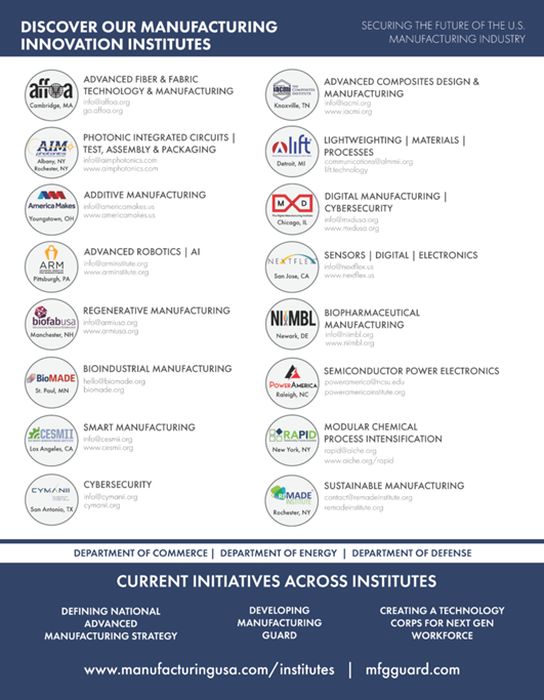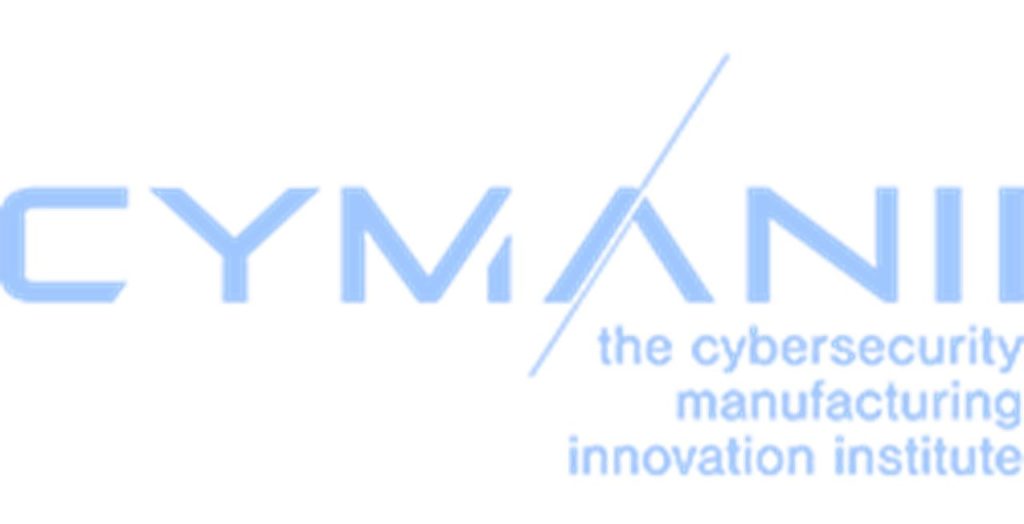
Charles R. Goulding and Preeti Sulibhavi look at the relationship between cybersecurity and additive manufacturing.
In May 2020, the U.S. Department of Energy selected the University of Texas at San Antonio (USTA) to receive a five-year, US$70M cooperative agreement to establish and lead the Cybersecurity Manufacturing Innovation Institute (CyManII).
CyManII will focus on cybersecurity that is geared to achieving energy efficiency, leading to job creation and technical innovation, thereby putting the US at the forefront of manufacturing competitiveness. USTA will be spearheading this project.
U.S. manufacturers are prime targets for cyber criminals and global adversaries. This is impacting the manufacturing and deployment of energy technologies, including: electric vehicles, solar panels and wind turbines. Integration of advanced technology in the supply chain network in addition to an increased use of automation applied in energy-efficient manufacturing processes can make industrial infrastructures highly vulnerable to cyberattacks. To protect American manufacturers and workers, CyManII will enable a digital transformation that makes manufacturers more adaptable, resilient and more competitive against global adversaries.
“CyManII leverages the unique research capabilities of the Idaho, Oak Ridge and Sandia National Laboratories as well as critical expertise across our partner cyber manufacturing ecosystem,” said UTSA President Taylor Eighmy in 2020. “We look forward to formalizing our partnership with the DOE to advance cybersecurity in energy-efficient manufacturing for the nation.”
CyManII and 3D Printing
CyManII is a national research Institute. CyManII is comprised of leading research universities in cybersecurity, smart and energy-efficient manufacturing, and deep expertise in research and development, supply chains, factory automation, and workforce development.
Led by The University of Texas at San Antonio, CyManII is comprised of the leading Department of Energy National Laboratories in this area with Oak Ridge National Laboratory spearheading the nation in advanced manufacturing, Idaho National Laboratory leading in cybersecurity of industrial control systems and physical infrastructure, and Sandia National Laboratory leading the nation in cybersecurity of supply chain management. Funded by the DOE, CyManII brings together the most advanced research institutions in smart and advanced manufacturing, securing automation and supply chains, workforce development, and cybersecurity.

UTSA was the designated lead for CyManII because of the University’s intrinsic expertise in cybersecurity as well as the breadth and depth of its national relationships. Additionally, the Institute is supported by an additional $41 million in cost-sharing funds from its partners, including UT System’s commitment of $10 million, bringing the total five-year investment to over $111 million.

During a recent Additive Manufacturing Coalition Panel Discussion on Cybersecurity and Supply Chain Integrity held on November 3, 2021, many issues related to our current supply chain disruption crisis were addressed.
The panel discussion was comprised of several leaders in the cybersecurity field who spoke about recent developments in the industry. Dr. Howard Grimes, of the Cybersecurity Manufacturing Innovation Institute (CyManII), The University of Texas at San Antonio was one of the panelists. He discussed his mission for improving cybersecurity, training, and resiliency. Specifically, Dr. Grimes covered what he and his team are doing to digitize manufacturing and improve national cyber-defense capabilities. He covered e-PURE (pervasive, unobtrusive, resilient, economical), which is how his team plans on implementing cybersecurity while improving energy & emissions efficiency.
Jennifer Tisdale, Senior Principal at GRIMM’s department of cyber physical systems, covered major cyber threats and how she and her team are working to stop them. Other panelists included: Mr. Jonathan Faia, Director of Quality/Cybersecurity, Laboratory Testing Inc., and Dr. Vyas Sekar, CyLab Security and Privacy Institute, Carnegie Mellon University.
The panel discussion covered methods of cyber-crimes, motivations for these crimes and how cybersecurity is critical to our national defense.
The Research & Development Tax Credit
The now permanent Research and Development (R&D) Tax Credit is available for companies developing new or improved products, processes and/or software.
3D printing can help boost a company’s R&D Tax Credits. Wages for technical employees creating, testing and revising 3D printed prototypes can be included as a percentage of eligible time spent for the R&D Tax Credit. Similarly, when used as a method of improving a process, time spent integrating 3D printing hardware and software counts as an eligible activity. Lastly, when used for modeling and preproduction, the costs of filaments consumed during the development process may also be recovered.
Whether it is used for creating and testing prototypes or for final production, 3D printing is a great indicator that R&D Credit eligible activities are taking place. Companies implementing this technology at any point should consider taking advantage of R&D Tax Credits.
Conclusion
There are a whole host of reasons to prioritize cybersecurity. Now more than ever, it should take precedence and be a focus in our collective national discussion on defense. The additive manufacturing/3D printing industry is not impermeable to these threats and should take measures, with help from industry leaders, to prevent cyber breaches.
